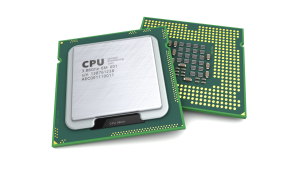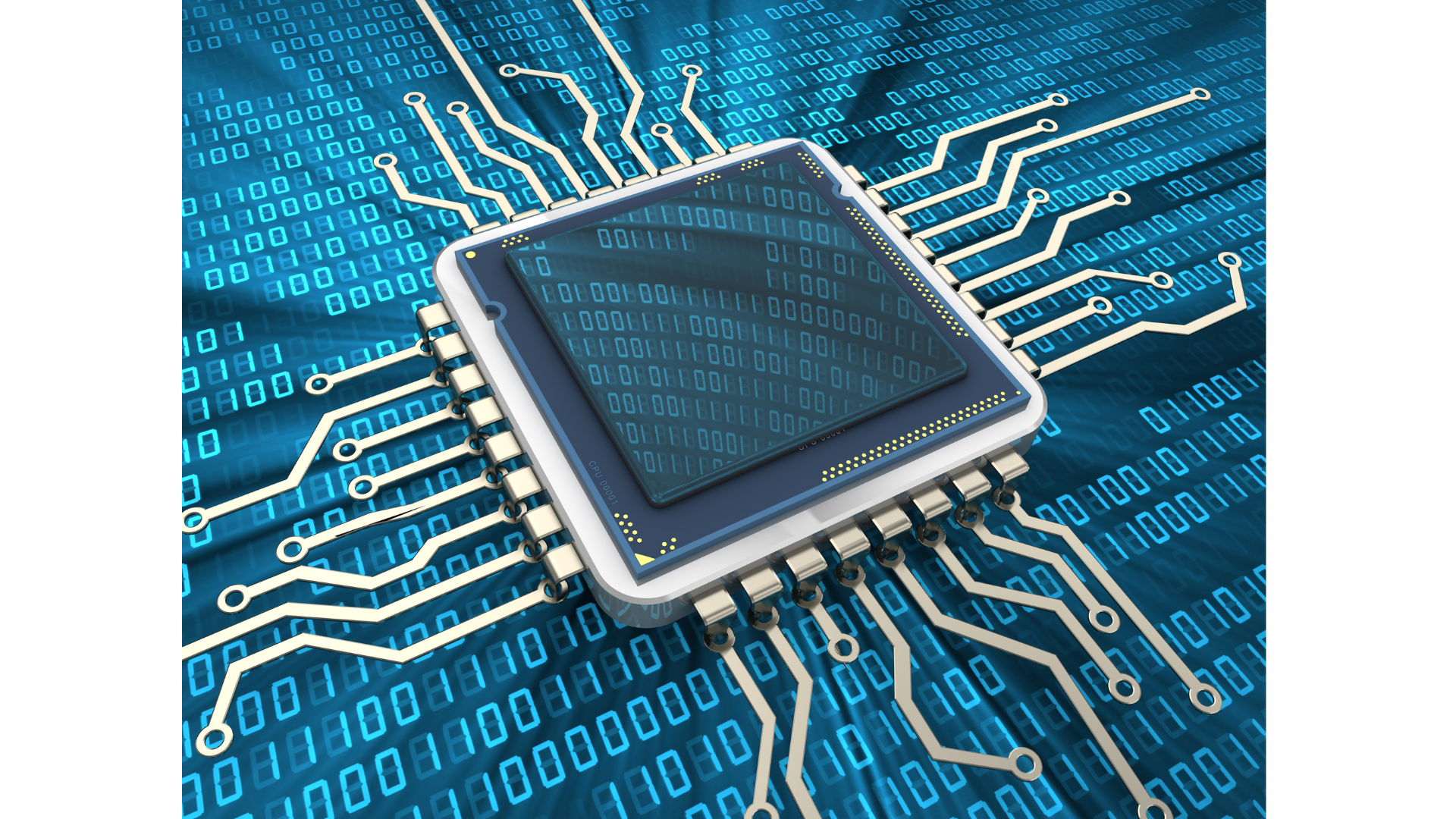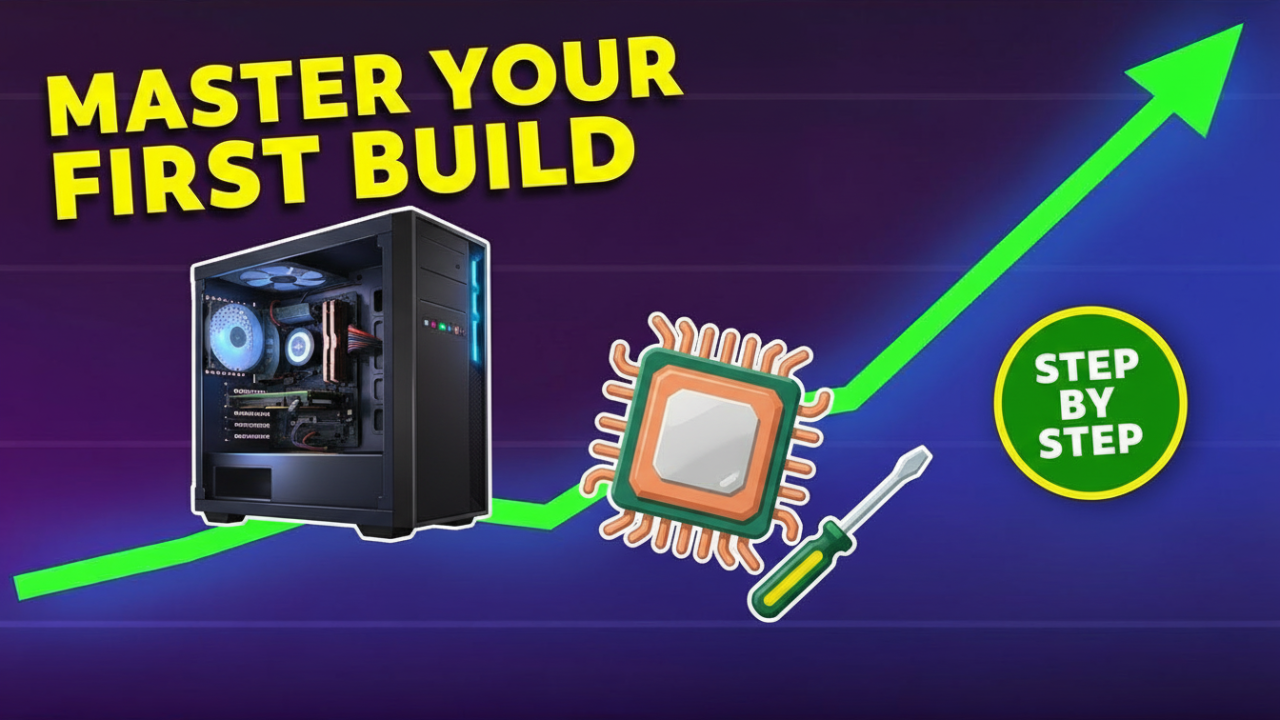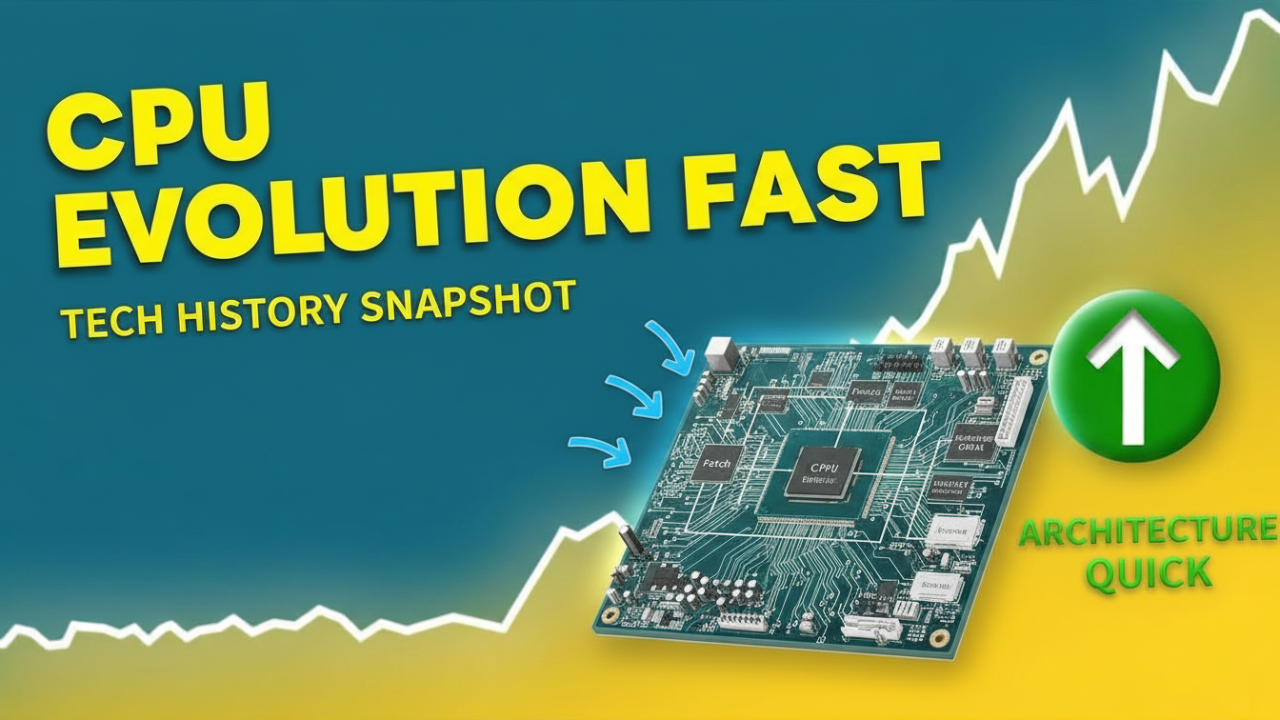What is a CPU and all you need to know
This article is focused on sharing with you about ”What is a CPU and all you need to know”.
How does the central processing unit, or CPU, manage the execution of all the instructions and is often referred to as the computer brain, how does it work and what components do they have?
Central Processing Unit- CPU
The central processing unit (CPU) is a critical element in any computer and manages all the calculations and commands that are passed on to the other components of the computer and its peripherals. Almost all the electronics and gadgets you use, from desktops, laptops and phones to gaming consoles and smartwatches, are all equipped with a central processing unit; in fact, this unit is the foundation for computers without which the system would not start, let alone be usable. The high speed of the central processing unit is a function of the input instruction and the components of computers can only be executed if they are connected to this unit.

Because central processing units manage data from all parts of the computer at the same time, they may slow down or even become crippled as the volume of computing and processing increases. The most common central processing units on the market today consist of semiconductor components in integrated circuits that are sold in a variety of varieties, and the industry’s leading manufacturers are AMD and Intel, which have been competing in the field for the past 50 years.
What is the processor?
To get to know the central processing unit (CPU), we first introduce a part of the computer called SoC very briefly. A SoC, or system on a chip, is a part of a system that integrates all the components a computer needs for processing on a silicon chip. The SoC has various modules of which the central processing unit (CPU) is the main component and graphics processor, memory, USB controller, power management circuits and wireless radios (WiFi, 3G, 4G LTE, etc.) are miscellaneous components that may not necessarily exist on SoC. The central processor unit, which we will now refer to in this article for short, cannot process instructions independently of other chips, but it is only possible to build a complete computer with SoC.
SoC is slightly larger than the processor and at the same time offers a lot more functionality. In fact, despite the great emphasis placed on the technology and performance of the processor, this part of the computer is not a computer in itself, and it can eventually be introduced as a very fast calculator that is part of the system-on-chip or SoC, calling data from memory, and then performing some sort of arithmetic (additional, multiplication) or logical (and, or, no) operation on it.
Processor Performance
The process of processing commands in the processor consists of four main steps that are executed in sequence:
Fetch instructions: The processor receives these instructions from memory to learn how to manage the input and the instructions associated with it. This entry may be one or an infinite number of commands that must be addressed in separate locations. To this end, there is a unit called PC (Program Counter), which maintains the order of the instructions sent; the processor is constantly connected to RAM in a common interaction to find the instruction address (read from memory).
Decode: Instructions are translated into a form that is comprehensible to the processor (machine or binary language). After receiving instructions, the processor needs to understand these codes to be translated into machine (or binary) language to understand them. Writing programs in binary language is difficult from the start, so code is written in simpler programming languages, and then a unit called Assembler converts these commands into executable code ready for processor processing.
Execute: The most important step in processor operation is processing and executing orders. In this step, the decoded and binary instructions are processed for execution by the ALU unit (Arithmetic & Logic Unit) or the unit of calculation and logic, at a specific address.
Store results: The results and outputs of instructions are stored in the processor’s side memory with the help of the register to refer to them in future instructions for speeding up (write to memory).
Processor Operating Units
Each processor is made up of three operating units that are involved in the process of processing the instructions:
Arithmetic & Logic Unit (ALU): This is a complex digital circuit unit that performs mathematical and comparative operations; in some processors, ALU is divided into AU (for arithmetic operations) and LU (for logical operations).
A memory control unit (CU) or Program Counter: This is the circuit unit that directs and manages operations within the processor and dictates how to respond to instructions to the unit of calculation and logic and input and output devices. The operation of the control unit on each processor can vary depending on its design architecture.
Register: A register unit is a unit in a processor that handles the temporary storage of processed data, instructions, addresses, bits, and output sequences, and must have sufficient capacity to hold this data. Processors with a 64-bit architecture have 64-bit registers, and processors with 32-bit architecture have 32-bit register units.
Summary
ILIPUTER is a Dutch Tech Company that is designing, manufacturing and delivering premium quality and cheap tablets, laptops and smartphones worldwide. Don’t forget to check our shop.

Learn more about ILIPUTER






